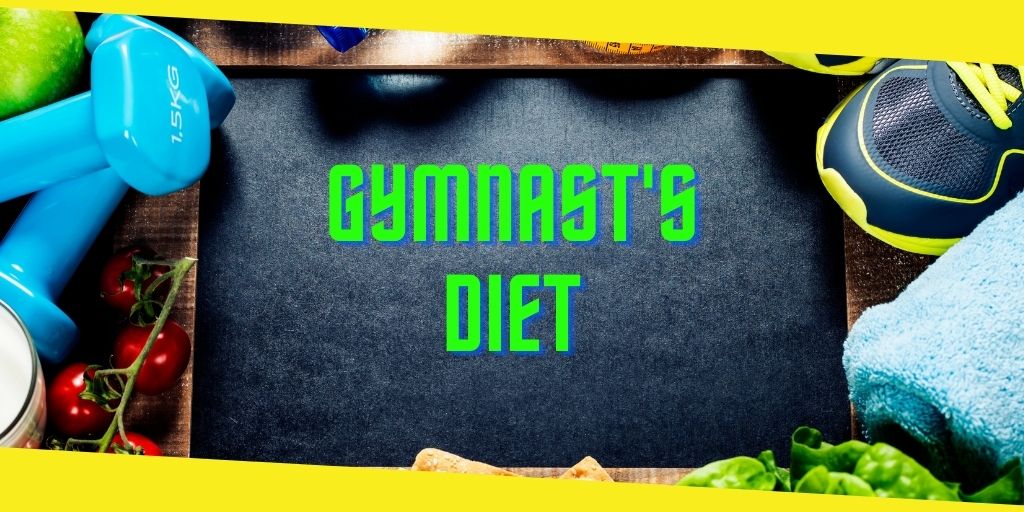A Complete Guide to a Gymnast’s Diet
This post was last updated on March 13th, 2025
Three main parts of a diet for an individual always consists of Carbohydrates, fats and protein. When it comes to gymnasts, we have to take extra care of what should be eaten and when it should be eaten as simply a diet can hamper your performance if not set right. You also need to ensure that gymnasts have a list of recovery foods that they can eat because they take part in numerous performances over the course of a few days itself.
Their body will face the brunt of the exercise over time, and if the muscles are not built back in the refractory period, the gymnast’s performance may also suffer. Protein rich food will prove to be a good recovery snack because it will help to repair the cells damaged due to the exertion that gymnasts undergo in a full-fledged competition.
Gymnasts do not need to follow a diet consisting of complex foods and drinks. All they need to do is lean towards healthy substitutes as opposed to anything that might be deemed ‘junk’ food in today’s times.

We will first of all study a little about all the three types and then see the top trending diet for a gymnast.
1. Carbohydrates
Out of the total calorie intake of a gymnast, carbohydrate should be 60-70%. Let us discuss in detail why it is needed to take up this much part of a gymnast’s diet. First of all, know that carbohydrates mainly provide us with energy. More precisely, as gymnastics is mainly an anaerobic sport, gymnasts require the bulk of their calories to be obtained from carbohydrates to help in fueling their body. Fiber is an example of a carbohydrate which helps to regulate cholesterol and help you feel full even after the intake of a small quantity of the same.
2. Protein
Protein should have 10-20% contribution in a gymnasts’ total calorie intake.
Protein is needed to help the muscles revive and repair. Gymnasts mainly require protein because it helps them to repair the microscopic year that occurs during practice. These repair in tears of muscles helps them grow and hence makes protein an important component of their daily intake. So, for a proper recovery, gymnasts must get a sufficient quantity of protein throughout the day and particularly after a workout.
3. Fats
Fats should be about 25-35% of a gymnast’s total intake.
Healthy fats surrounding nerve cells and insulate organs play an important role in their proper functioning. Fried food such as doughnuts, fatty meat such as beacons, sausage etc needs to be avoided at all cost.
Tending healthy gymnasts diet
The gymnast must eat every few hours. A diet including carbohydrates, proteins, and some fat in their snack will do. Snacks should be around 100-300 calories. So we have simplified the diet for you to understand, what goes with whom.
Here is a list of 25 various healthy things to eat for gymnasts:
1) An apple or banana with peanut butter (or other nut butter)
2) Greek yoghurt with fruit
3) Pita chips and hummus
4) Apple slices and cheese
5) Baby carrots and hummus
6) Muffin with honey
7) Cheese stick and clementine
8) Grapes and cheese
9) Celery sticks with nut butter
10) Toast with banana
11) Avocado toast
12) Salad with pasta and olive oil
13) Yogurt tube
14) Mozzarella and tomato skewers
15) Hard-boiled egg and ½ of a whole-grain English muffin
16) Cheese and whole-grain crackers
17) Smoothie made with yoghurt, frozen fruit, and milk
18) Raisins and peanuts
19) Edamame
20) Steel-cut oatmeal with nuts and a drizzle of honey
21) Homemade trail mix with nuts, dried fruit, and whole-grain cereal
22) Crackers with turkey
23) Peanut butter and banana quesadilla in a whole wheat tortilla
24) Cucumber slices and cream cheese
25) Peppers with hummus
These are good to go always, providing your body with the right nutrition.
Conclusion
A balanced diet means different things for different people. Even for people who follow a largely sedentary lifestyle or focus on desk jobs, there will not be one size fits all kind of diet for everyone. Different people’s bodies respond differently to different kind of diets. All you can do to have a healthy balanced diet that meets your calorie requirements is to see what kind of healthy foods, and super foods will do for you.
The process is like a trial and error method, where you have to see what suits your body best. Gymnasts will need a higher calorie intake with a greater amount of carbohydrates for the supplementation of their energy levels regularly. They cannot follow the diet of a sedentary person. Similarly, people of different age groups follow different diets. You need to take your pick from the options before you.
Most Inside
Most Inside offers high-quality recommendations and valuable updates to enhance all aspects of your life, providing premium guidance and enriching experiences.




